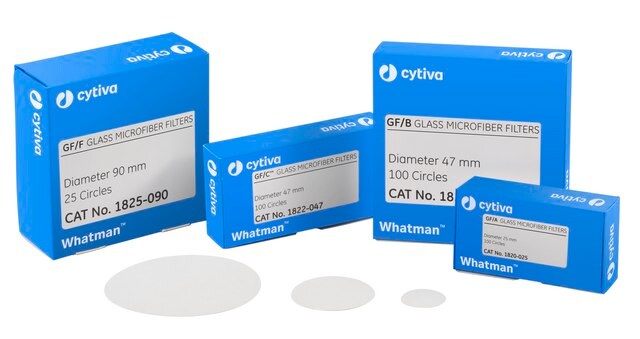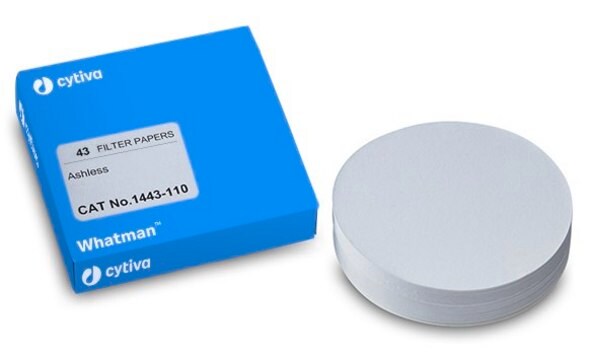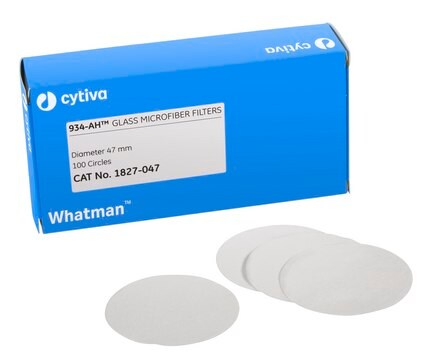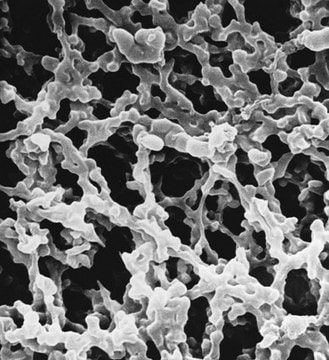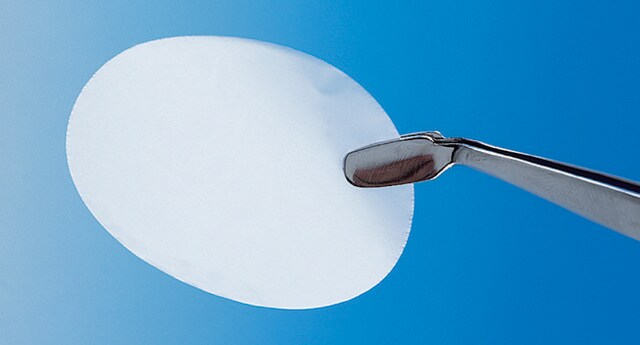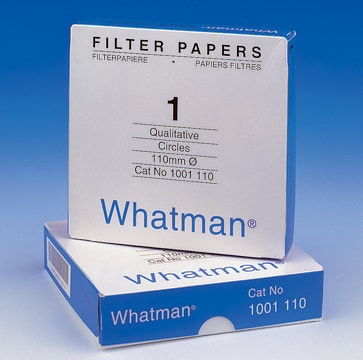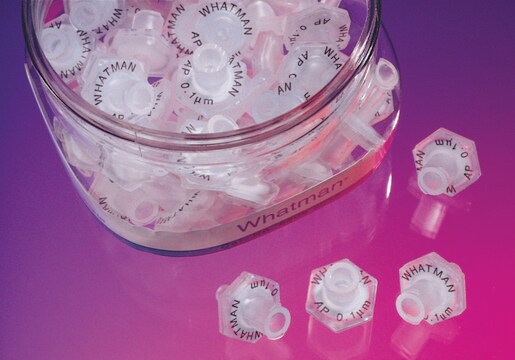WHA7181002
Whatman® nitrocellulose NC10 filter discs 0.1 μm pore size
white, hydrophilic, 100 ea, 25 mm diam
Sinónimos:
Whatman filter, Z745901, membrane filters, syringe filter
About This Item
Productos recomendados
Nombre del producto
Whatman® nitrocellulose membrane filters, diam. 25 mm, pore size 0.1 μm, plain white
material
plain white
packaging
pack of 100 ea
pack of 25 ea
manufacturer/tradename
Whatman 7181-002
Whatman Article No. 28420731 (US reference)
diam.
25 mm
pore size
0.1 μm
¿Está buscando productos similares? Visita Guía de comparación de productos
Categorías relacionadas
Features and Benefits
- Standard membrane filter for most applications involving particles and cells from 0.1 µm to 12.0 µm
- Samples are retained on the surface for easy microscopic analysis and recovery
- Temperature-resistant cellulose nitrate can withstand autoclaving up to 121°C with no loss in integrity
- Whatman membrane filters exhibit a low shrinkage during autoclaving, reducing tearing
- High strength and flexibility prevent tearing during handling, loading, and autoclaving
Other Notes
Legal Information
Elija entre una de las versiones más recientes:
Certificados de análisis (COA)
Lo sentimos, en este momento no disponemos de COAs para este producto en línea.
Si necesita más asistencia, póngase en contacto con Atención al cliente
¿Ya tiene este producto?
Encuentre la documentación para los productos que ha comprado recientemente en la Biblioteca de documentos.
Nuestro equipo de científicos tiene experiencia en todas las áreas de investigación: Ciencias de la vida, Ciencia de los materiales, Síntesis química, Cromatografía, Analítica y muchas otras.
Póngase en contacto con el Servicio técnico